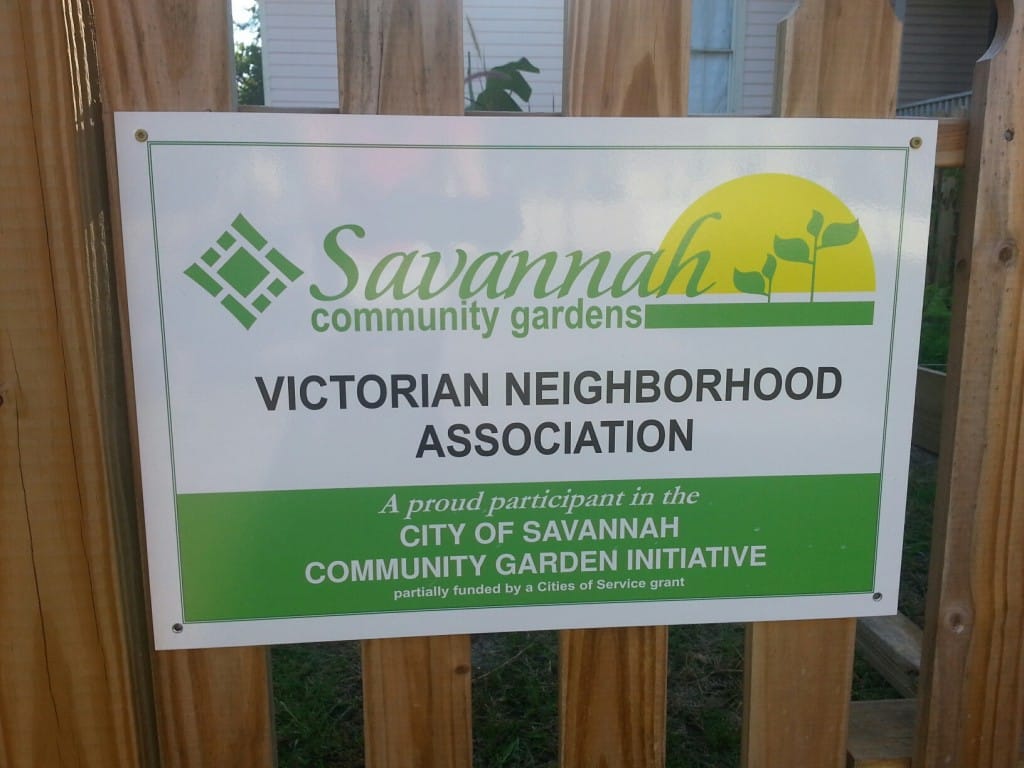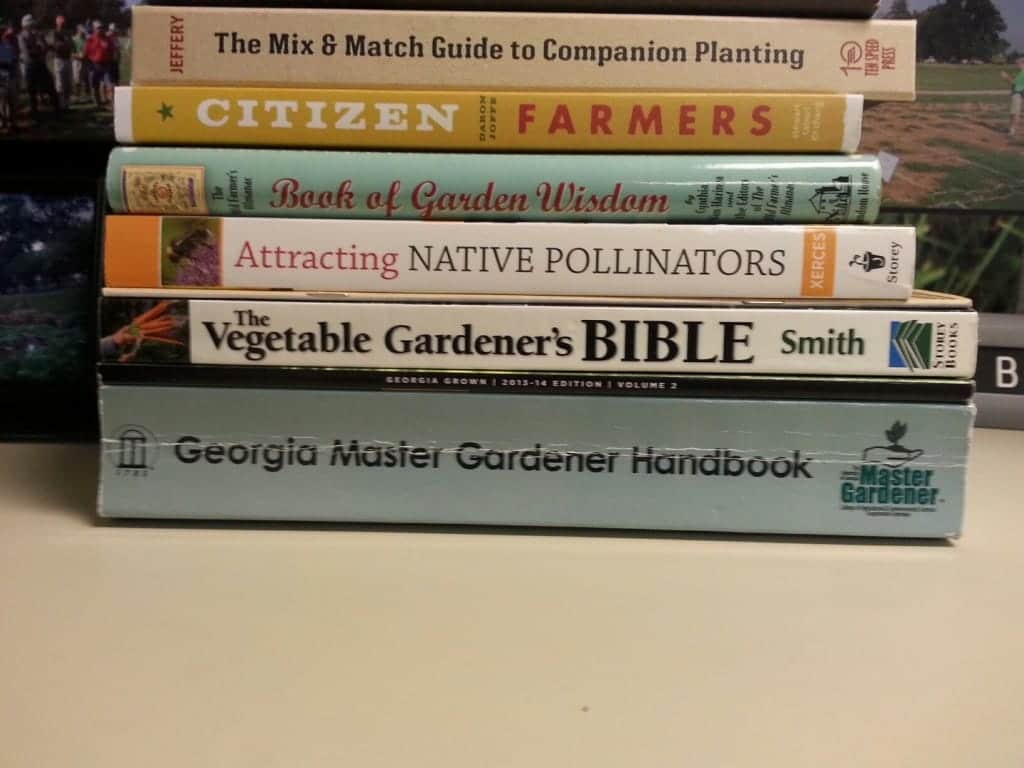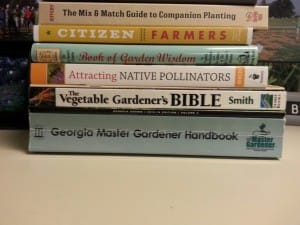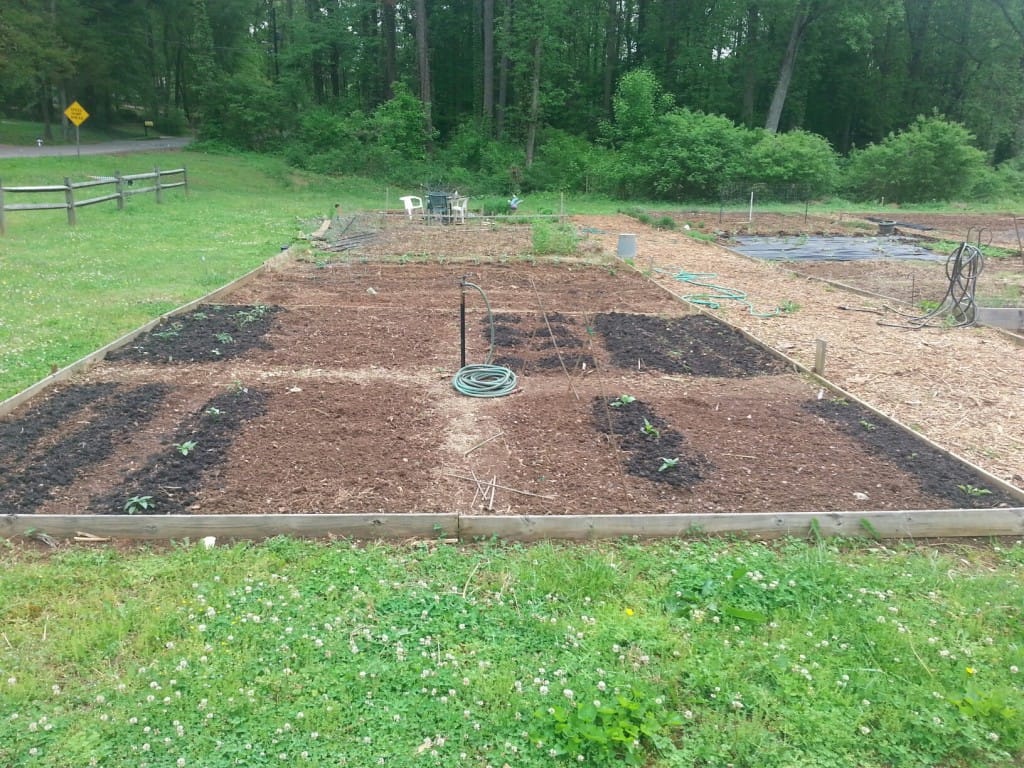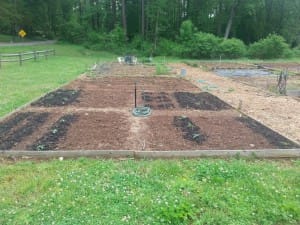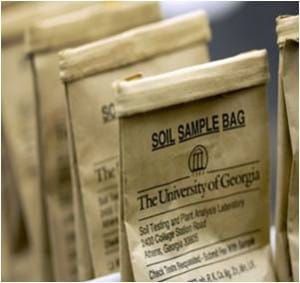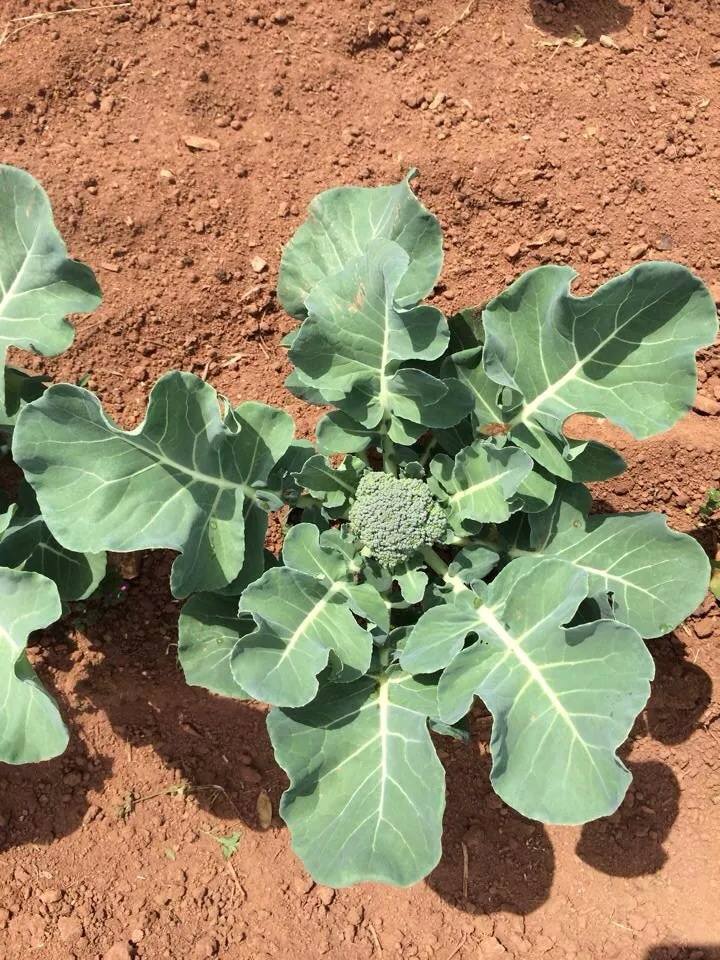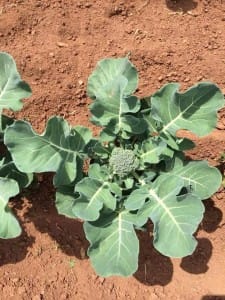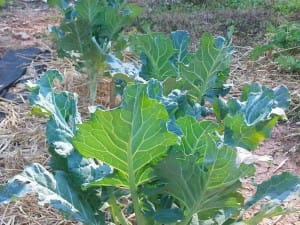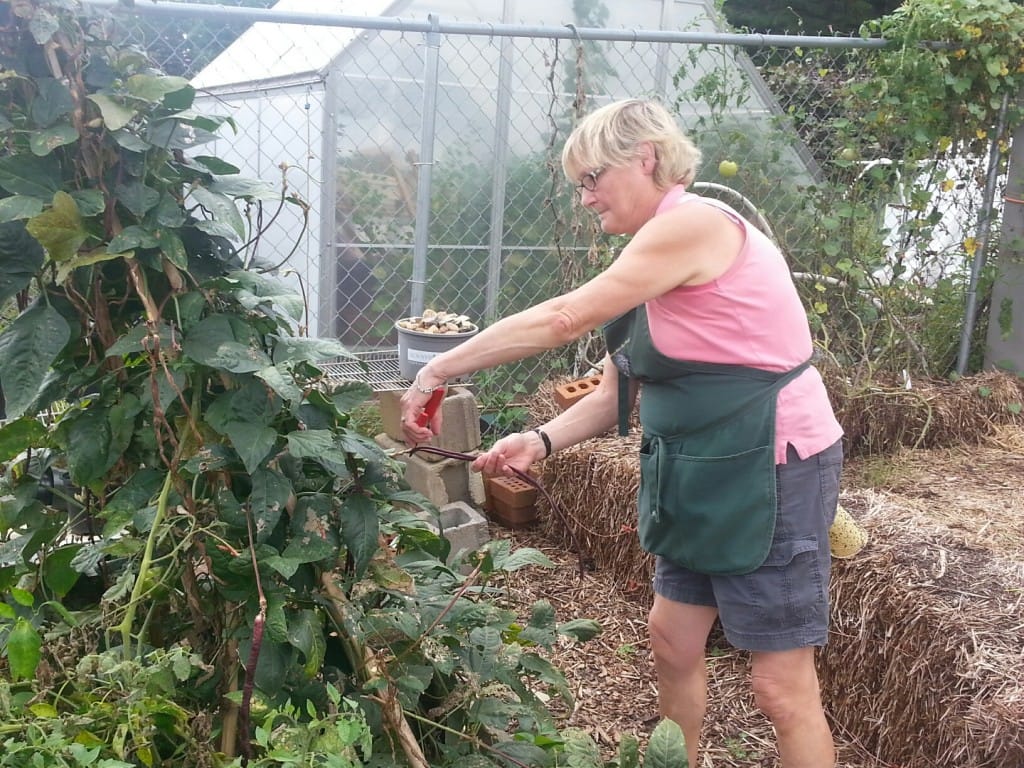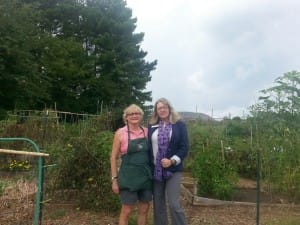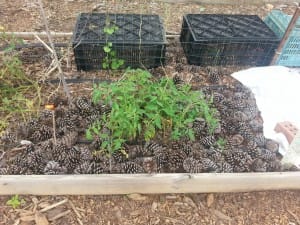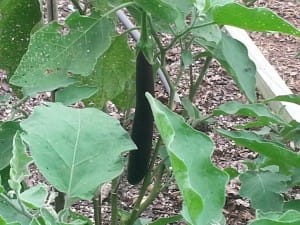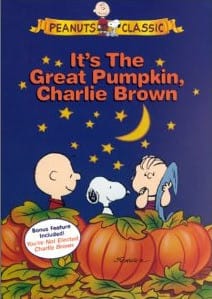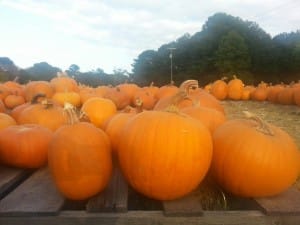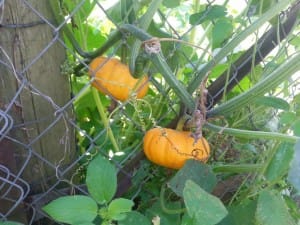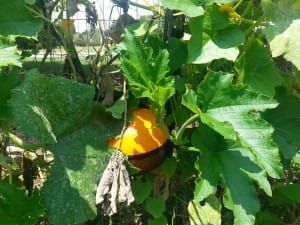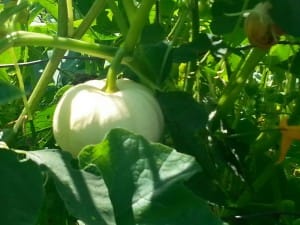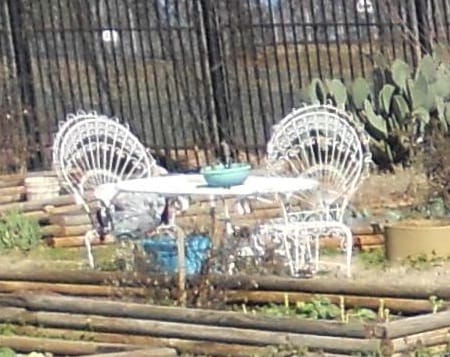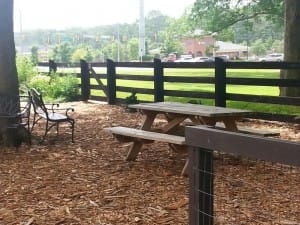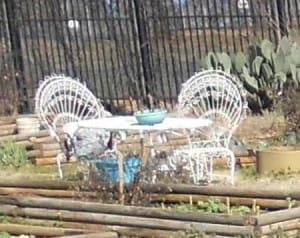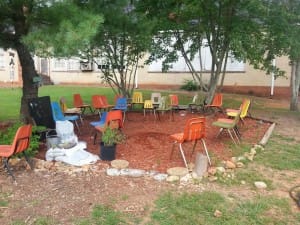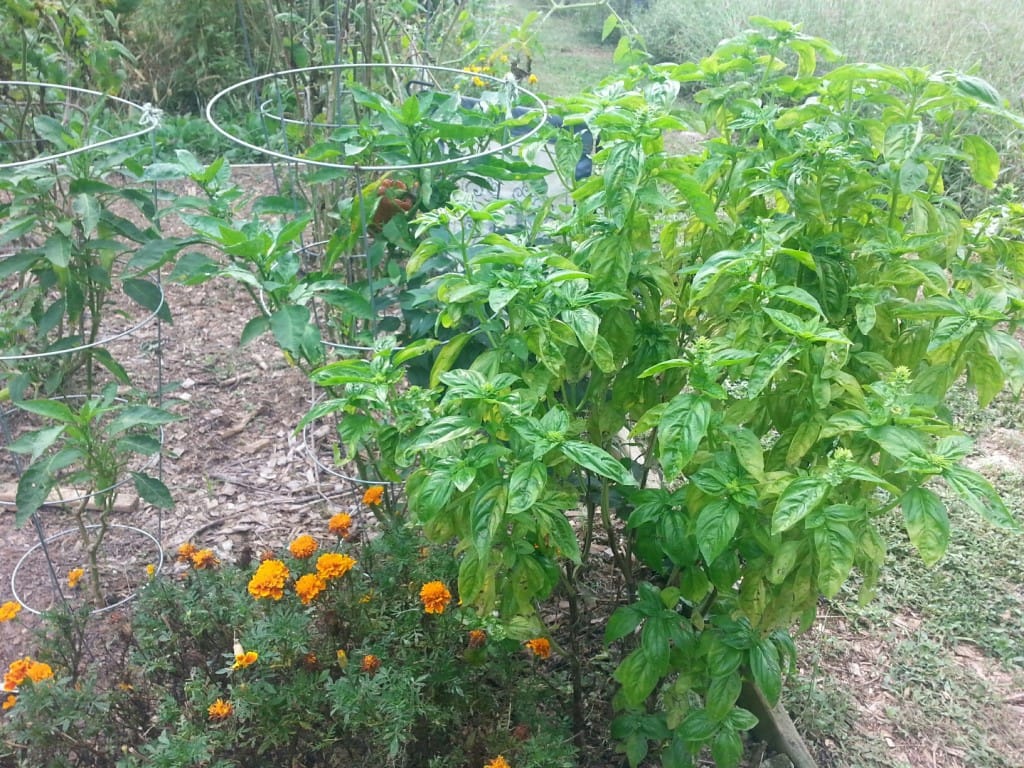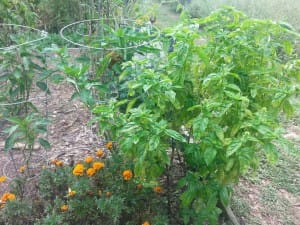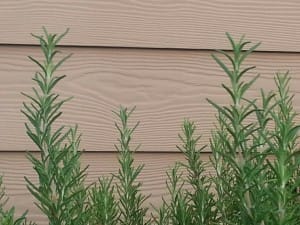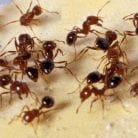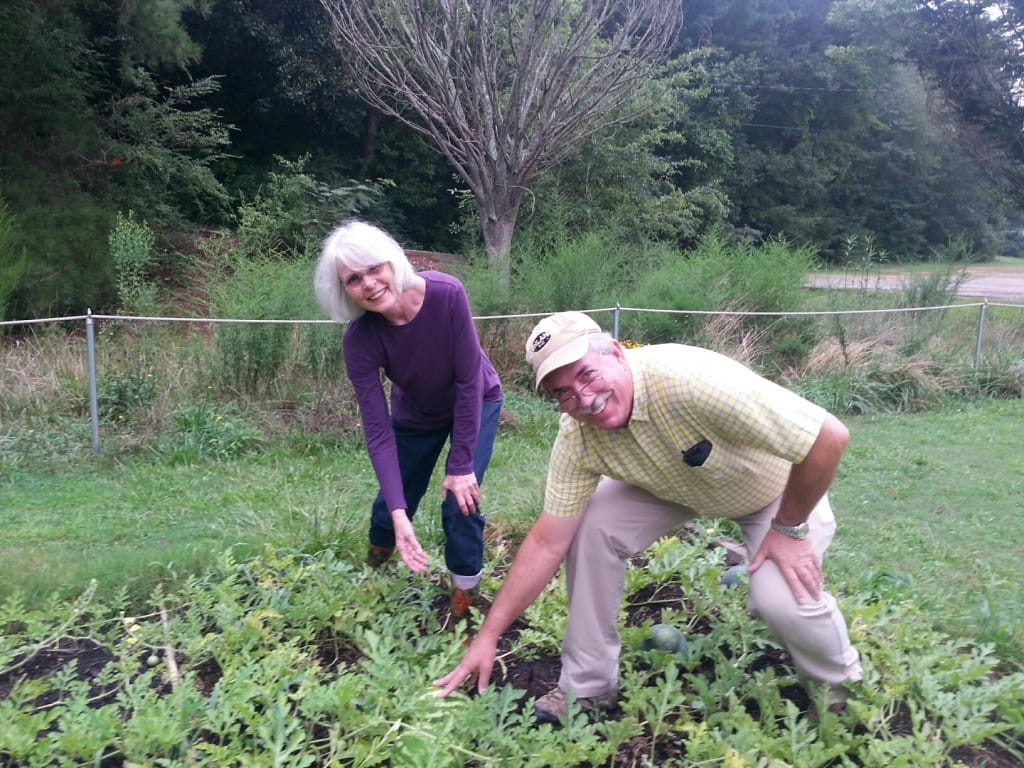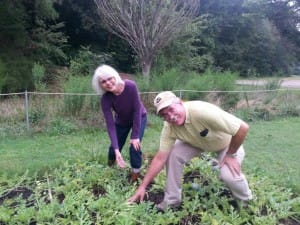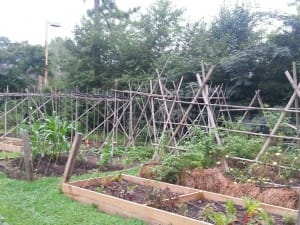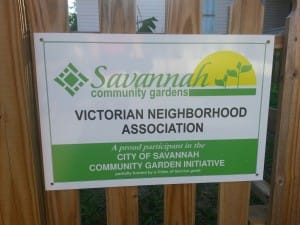 The Victorian Neighborhood Association Community Garden is a beautiful space framed by a decorative wooden fence and entrance arch. It is lined up with the surrounding homes on an historic Savannah street. There are a dozen or so raised bed plots. A plot of flowers to attract pollinators is at the entrance. In October there is eggplant, tomatoes, okra, carrots and herbs. Carol Moon, of the City of Savannah, indicated that the plots are worked by a diverse group. Some are maintained by families, other plots are worked by individuals, and one plot is maintained by someone from a local church who uses her plot to teach the joy of growing food to young, future gardeners.
The Victorian Neighborhood Association Community Garden is a beautiful space framed by a decorative wooden fence and entrance arch. It is lined up with the surrounding homes on an historic Savannah street. There are a dozen or so raised bed plots. A plot of flowers to attract pollinators is at the entrance. In October there is eggplant, tomatoes, okra, carrots and herbs. Carol Moon, of the City of Savannah, indicated that the plots are worked by a diverse group. Some are maintained by families, other plots are worked by individuals, and one plot is maintained by someone from a local church who uses her plot to teach the joy of growing food to young, future gardeners.
This garden is one of seven managed through a partnership with the City of Savannah through the 2012 Community Garden Initiative. Savannah was having trouble with vacant city lots. The lots were
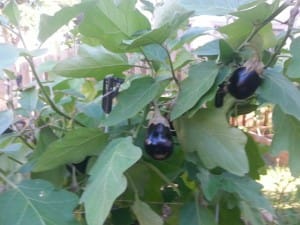
an eyesore for the residents and a maintenance challenge for the city. What a perfect situation for community gardens. The neighborhood approaches the city if they want to turn a city-owned vacant lot into a garden. The application is extensive. The city needs to know the residents are serious about wanting the garden and have a clear plan for running the space. Garden leadership is especially important from the beginning. There are currently seven such gardens 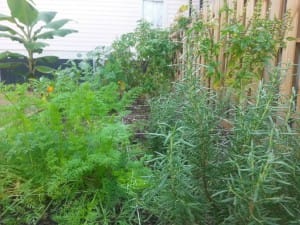 and three more in the works. Ms. Moon oversees the community gardening project. She says that each garden is very different; reflective of their individual neighborhood personalities. The City of Savannah is justifiable proud of this program. They are a state leader in this area. For more information on this project visit their website.
and three more in the works. Ms. Moon oversees the community gardening project. She says that each garden is very different; reflective of their individual neighborhood personalities. The City of Savannah is justifiable proud of this program. They are a state leader in this area. For more information on this project visit their website.
Once a quarter the city hosts a get together for the garden leaders. They

can socialize and share ideas. The city can share any change in guidelines. Local businesses support the gardens by donations. Some of the gardens have fund raisers. What an incredible use of run-down, vacant lots! Chatham County Extension Agent, David Linville, is a great resource for community gardeners.
Happy Gardening!
